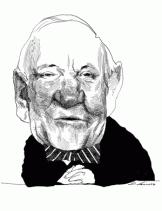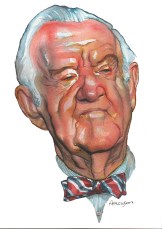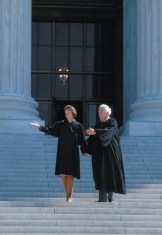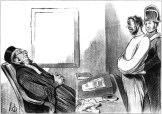
The Other Constitutions
How state judiciaries can set an example for the federal judiciary
51 Imperfect Solutions: States and the Making of American Constitutional Law
by Jeffrey S. Sutton
December 6, 2018 issue
Advertisement
More from the Review
Subscribe to our Newsletter
Best of The New York Review, plus books, events, and other items of interest

John Paul Stevens served as a Supreme Court Justice between 1975 and 2010. (December 2018)

The Other Constitutions
How state judiciaries can set an example for the federal judiciary
51 Imperfect Solutions: States and the Making of American Constitutional Law
by Jeffrey S. Sutton
December 6, 2018 issue

Law Without History?
How Justice Scalia’s understanding of the Constitution is wrong
Judging Statutes
by Robert A. Katzmann
October 23, 2014 issue

The Right to Vote: A Dissent
How the Supreme Court got it wrong
Bending Toward Justice: The Voting Rights Act and the Transformation of American Democracy
by Gary May
August 15, 2013 issue

Should We Have a New Constitutional Convention?
Framed: America’s Fifty-One Constitutions and the Crisis of Governance
by Sanford Levinson
October 11, 2012 issue

'The Rape Case'
A young lawyer’s struggle to overturn the result of a flawed trial
The Rape Case: A Young Lawyer’s Struggle for Justice in the 1950s
by Irving Morris
April 5, 2012 issue

Our ‘Broken System’ of Criminal Justice
The current system of criminal law and enforcement has grown obese
The Collapse of American Criminal Justice
by William J. Stuntz
November 10, 2011 issue

On the Death Sentence
“Two years ago, quoting from an earlier opinion written by Justice White, I wrote that the death penalty represents ‘the pointless and needless extinction of life with only marginal contributions to any discernible social or public purposes.’”
Peculiar Institution: America's Death Penalty in an Age of Abolition
by David Garland
December 23, 2010 issue
Subscribe and save 50%!
Read the latest issue as soon as it’s available, and browse our rich archives. You'll have immediate subscriber-only access to over 1,200 issues and 25,000 articles published since 1963.
Subscribe now